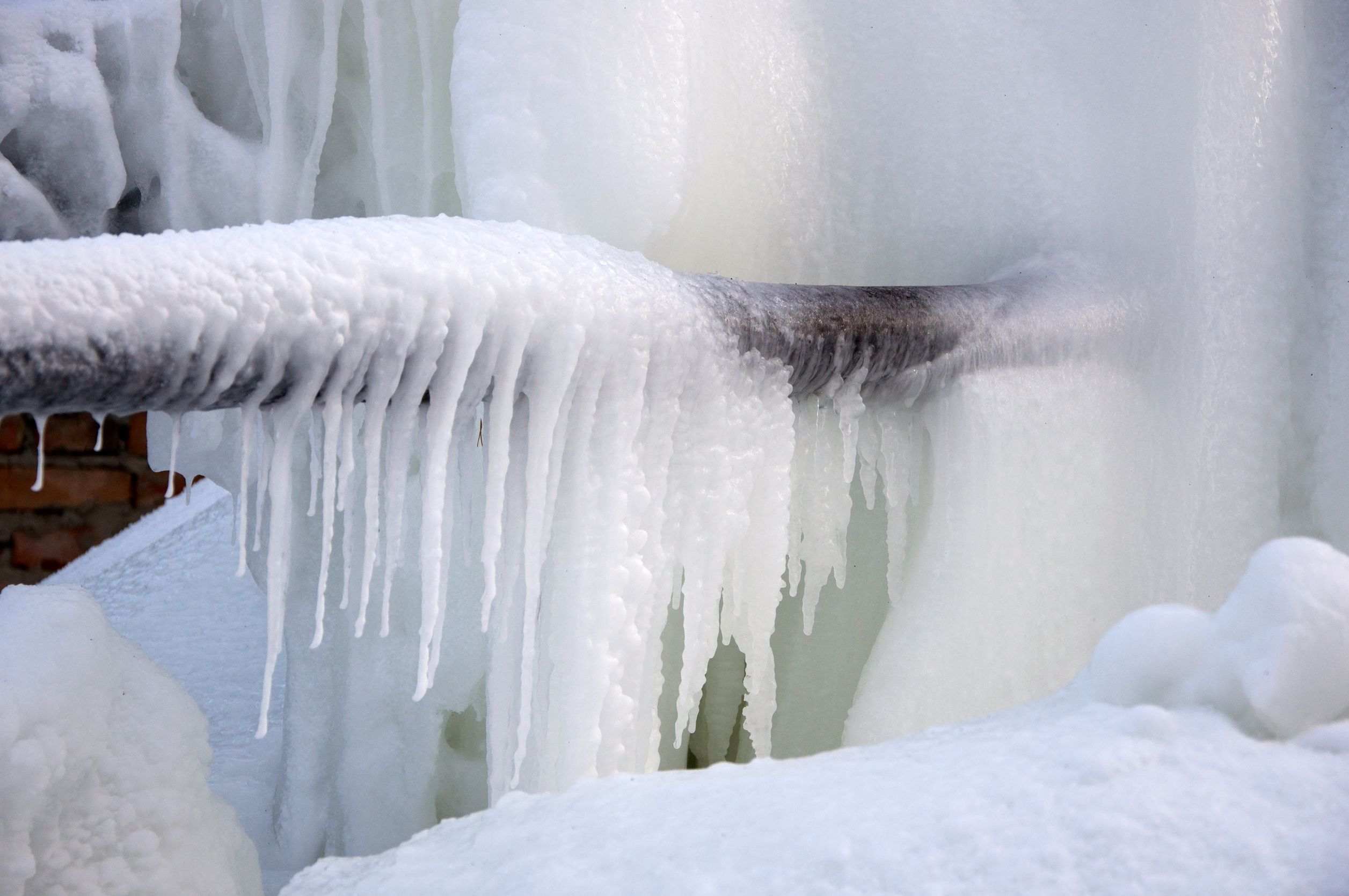Tips to Avoid Frozen Pipes in Cold Weather: Professional Tips
Tips to Avoid Frozen Pipes in Cold Weather: Professional Tips
Blog Article
We have uncovered this post pertaining to Winter Plumbing Precautions: Preventing Frozen Pipes listed below on the net and reckoned it made good sense to quickly share it with you on my blog.

Winter can ruin your plumbing, especially by freezing pipelines. Below's how to stop it from taking place and what to do if it does.
Introduction
As temperatures decrease, the threat of icy pipelines rises, possibly resulting in expensive repairs and water damage. Comprehending just how to stop frozen pipes is essential for homeowners in chilly environments.
Avoidance Tips
Shielding vulnerable pipes
Wrap pipes in insulation sleeves or use warm tape to safeguard them from freezing temperature levels. Focus on pipes in unheated or external locations of the home.
Home heating techniques
Maintain interior spaces adequately heated, especially locations with plumbing. Open closet doors to allow cozy air to flow around pipes under sinks.
Just how to recognize frozen pipelines
Search for lowered water flow from taps, unusual smells or sounds from pipes, and noticeable frost on revealed pipelines.
Long-Term Solutions
Architectural modifications
Think about rerouting pipelines far from exterior wall surfaces or unheated areas. Add extra insulation to attic rooms, basements, and crawl spaces.
Upgrading insulation
Invest in high-grade insulation for pipes, attic rooms, and wall surfaces. Appropriate insulation helps keep constant temperature levels and minimizes the threat of icy pipelines.
Protecting Exterior Plumbing
Garden hoses and outside faucets
Separate and drain pipes yard hose pipes prior to wintertime. Install frost-proof spigots or cover exterior faucets with protected caps.
Recognizing Icy Pipes
What causes pipelines to ice up?
Pipes ice up when revealed to temperatures listed below 32 ° F (0 ° C) for extended periods. As water inside the pipes freezes, it increases, taxing the pipe wall surfaces and potentially causing them to burst.
Threats and problems
Frozen pipes can lead to supply of water interruptions, home damage, and expensive fixings. Burst pipelines can flooding homes and cause extensive architectural damage.
Indicators of Frozen Pipeline
Recognizing icy pipes early can avoid them from bursting.
What to Do If Your Pipelines Freeze
Immediate activities to take
If you presume frozen pipelines, maintain taps available to soothe stress as the ice melts. Utilize a hairdryer or towels taken in warm water to thaw pipes slowly.
Verdict
Protecting against frozen pipelines calls for positive procedures and fast actions. By understanding the causes, indications, and safety nets, home owners can protect their pipes throughout cold weather.
5 Ways to Prevent Frozen Pipes
Drain Outdoor Faucets and Disconnect Hoses
First, close the shut-off valve that controls the flow of water in the pipe to your outdoor faucet. Then, head outside to disconnect and drain your hose and open the outdoor faucet to allow the water to completely drain out of the line. Turn off the faucet when done. Finally, head back to the shut-off valve and drain the remaining water inside the pipe into a bucket or container. Additionally, if you have a home irrigation system, you should consider hiring an expert to clear the system of water each year.
Insulate Pipes
One of the best and most cost-effective methods for preventing frozen water pipes is to wrap your pipes with insulation. This is especially important for areas in your home that aren’t exposed to heat, such as an attic. We suggest using foam sleeves, which can typically be found at your local hardware store.
Keep Heat Running at 65
Your pipes are located inside your walls, and the temperature there is much colder than the rest of the house. To prevent your pipes from freezing, The Insurance Information Institute suggests that you keep your home heated to at least 65 degrees, even when traveling. You may want to invest in smart devices that can keep an eye on the temperature in your home while you’re away.
Leave Water Dripping
Moving water — even a small trickle — can prevent ice from forming inside your pipes. When freezing temps are imminent, start a drip of water from all faucets that serve exposed pipes. Leaving a few faucets running will also help relieve pressure inside the pipes and help prevent a rupture if the water inside freezes.
Open Cupboard Doors
Warm your kitchen and bathroom pipes by opening cupboards and vanities. You should also leave your interior doors ajar to help warm air circulate evenly throughout your home.

I was made aware of that report on How to Prevent Your Pipes From Freezing from a buddy on our other site. Loved our write-up? Please share it. Help other people check it out. I love reading our article about How To Avoid Freezing Pipes.
Appointment Report this page